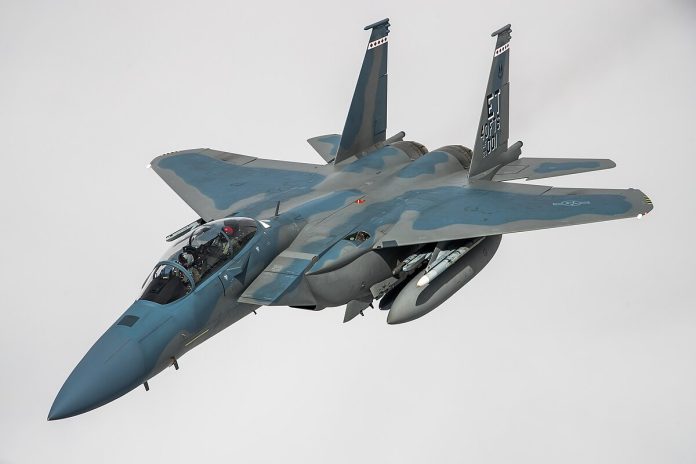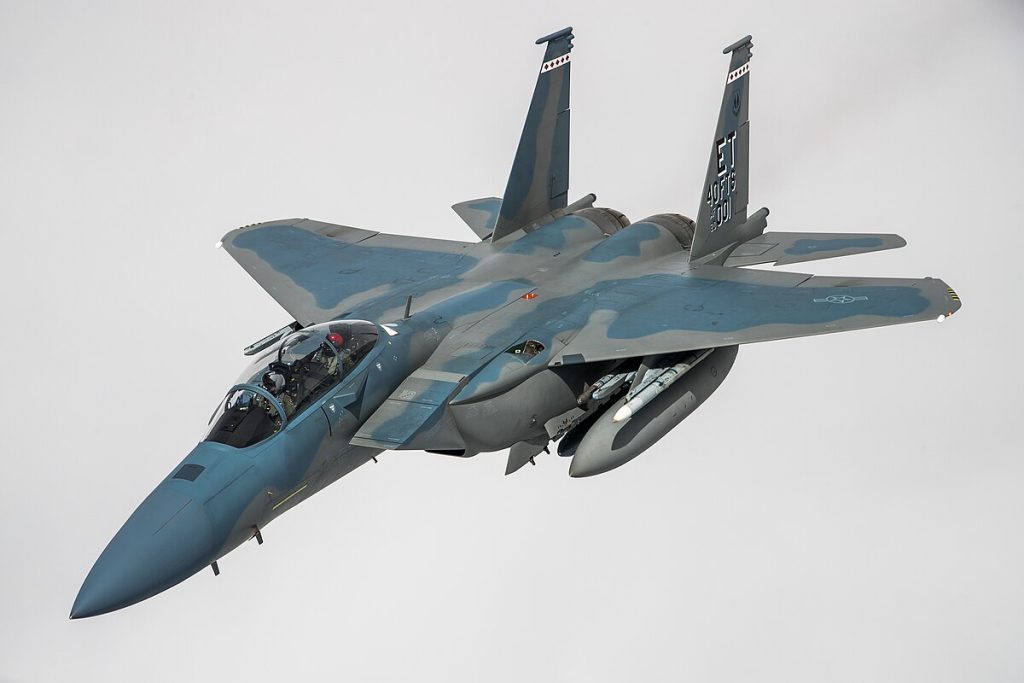
The F-15EX Eagle II is not arriving as some retrograde throwback but as a conscious answer to a force structure requirement which stealth alone cannot satisfy. In the face of a environment informed by the sirens’ call of radar-absorbing airframes, the Air Force is betting its future on a platform that trades signature reduction for payload capacity, durability, and rapid response qualities increasingly vital to homeland defense, naval strike, and standoff missions against peer competitors.
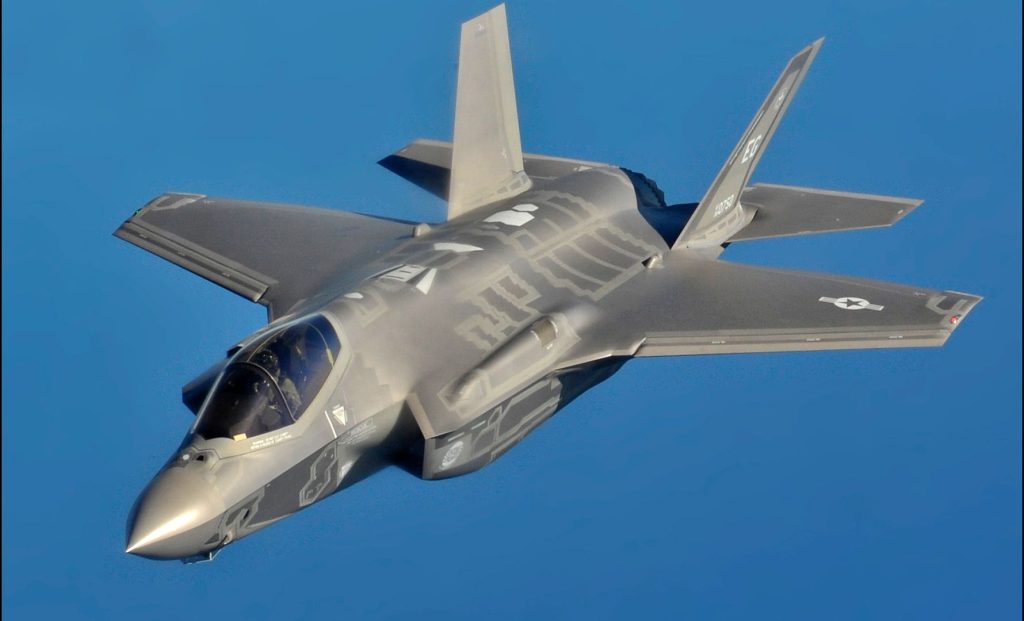
1. A High-Capacity Stealth Companion
To replace the old F-15C/D fleet, the Eagle II is built around a 20,000-hour airframe and an existing production line to enable quick fielding with minimal disruption to Air National Guard alert units. Its role is not to penetrate heavy air defenses like an F-35 or F-22, but to coexist with them as a “magazine in the sky,” launching long-range missiles controlled by stealth platforms and acting as an airborne controller for mixed-force packages. In homeland and maritime defense where ranges are great and tanker time is scarce its speed, altitude, and payload make it indispensable.
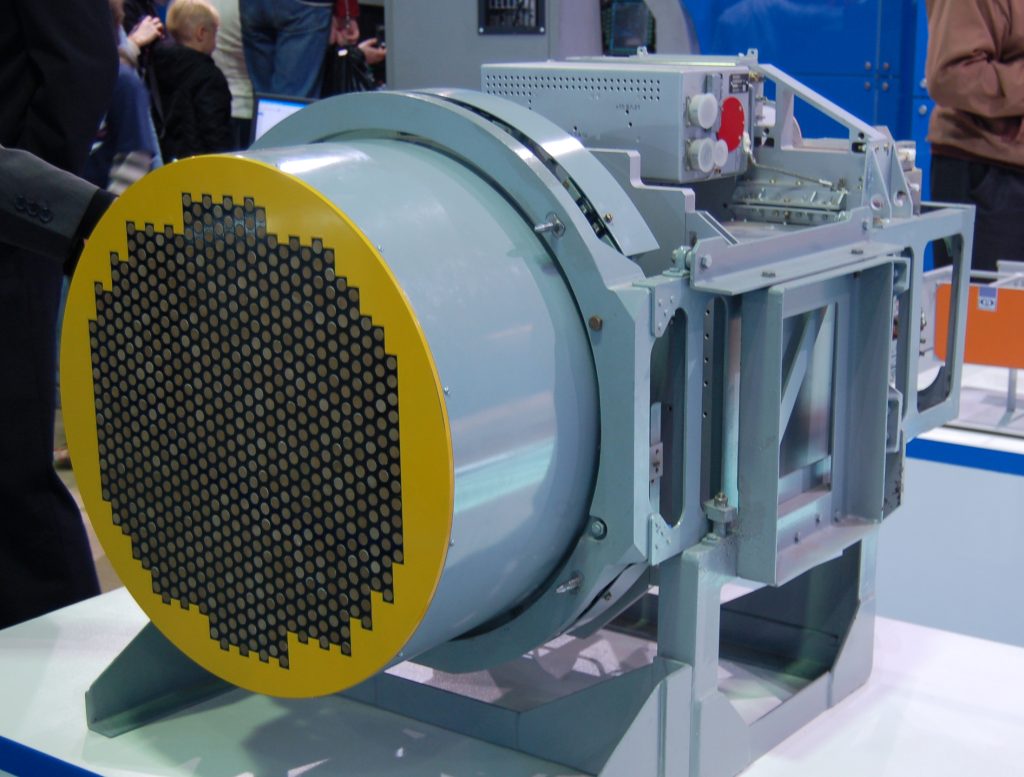
2. AESA Radar: Expanding the Sensor Horizon
At the heart of the Eagle II’s sensor suite is the Raytheon AN/APG-82 active electronically scanned array. AESA technology offers higher reliability, multi-target tracking, and resistance to jamming compared to mechanically scanned arrays. Its beam agility allows simultaneous air-to-air and air-to-ground modes, while integration with the jet’s open-architecture backbone enables rapid software-driven enhancements. Paired with an IRST pod, the EX can silently detect low-observable threats and feed targeting data to other shooters.
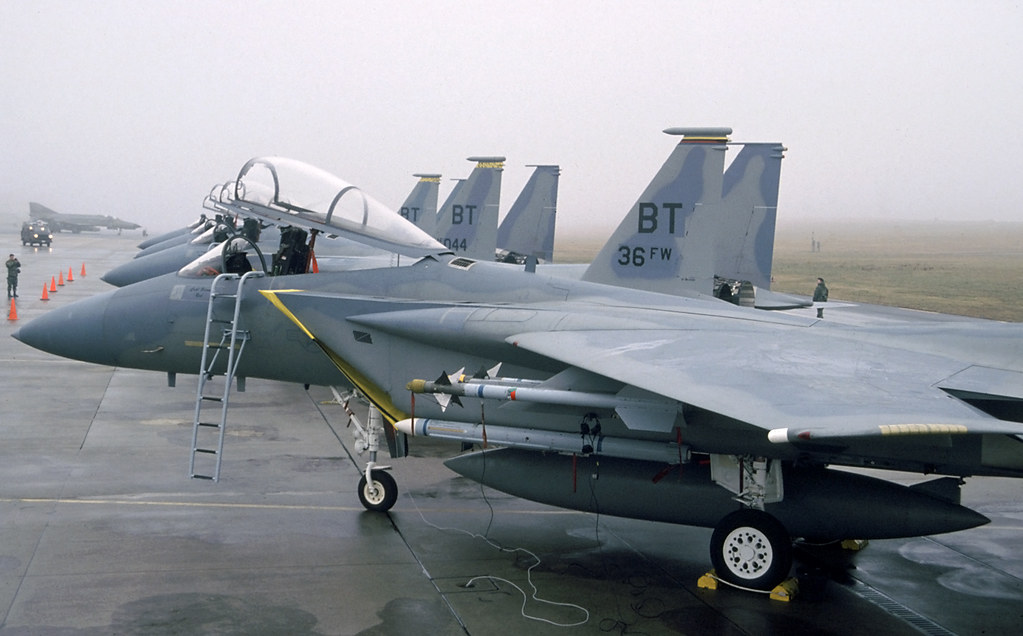
3. Electronic Warfare: EPAWSS and Beyond
The BAE Systems Eagle Passive/Active Warning Survivability System (EPAWSS) changes the survivability picture of the F-15. The AN/ALQ-250 baseline system merges radar warning, geolocation, and jamming into a single system and can autonomously detect and interrupt sophisticated SAMs. Pentagon testers rated it “operationally effective, operationally suitable, and cyber survivable,” although range limitations exclude full open-air verification. The effort on EPAWSSv2 is already under way with more processing power, more threat handling, and potential cognitive EW to counter previously unknown emitters in real time.

4. Payload Depth and Standoff Range
The F-15EX has established a 12-missile AIM-120 AMRAAM loadout, superior to any U.S. fighter. During testing, it also employed the longest air-to-air and non-nuclear air-to-ground DoD standoff missiles, such as three AGM-158 JASSMs in a single carrier. This provides a four-ship to saturation of a threat corridor or massed maritime strike without risking stealth aircraft unnecessarily.
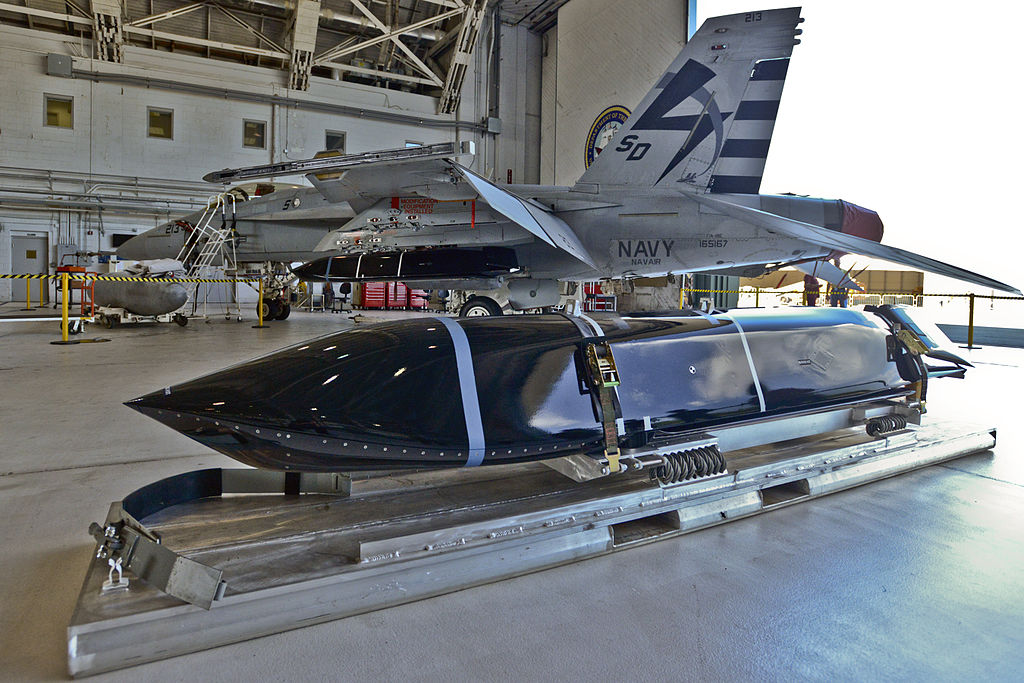
5. Maritime Strike Integration
Maintaining the Indo-Pacific theater at the forefront, the Air Force is equipping the F-15EX with the AGM-158C-1 Long Range Anti-Ship Missile. The 300–500 mile range will allow the Eagle II to strike Chinese surface warships beyond DF-21 and DF-26 anti-ship ballistic missile ranges. Experts cite that forward basing EXs in scattered airfields would allow rapid rearming and reentry into the sea battle critical when carrier groups and submarines must fall back to be rearmed.
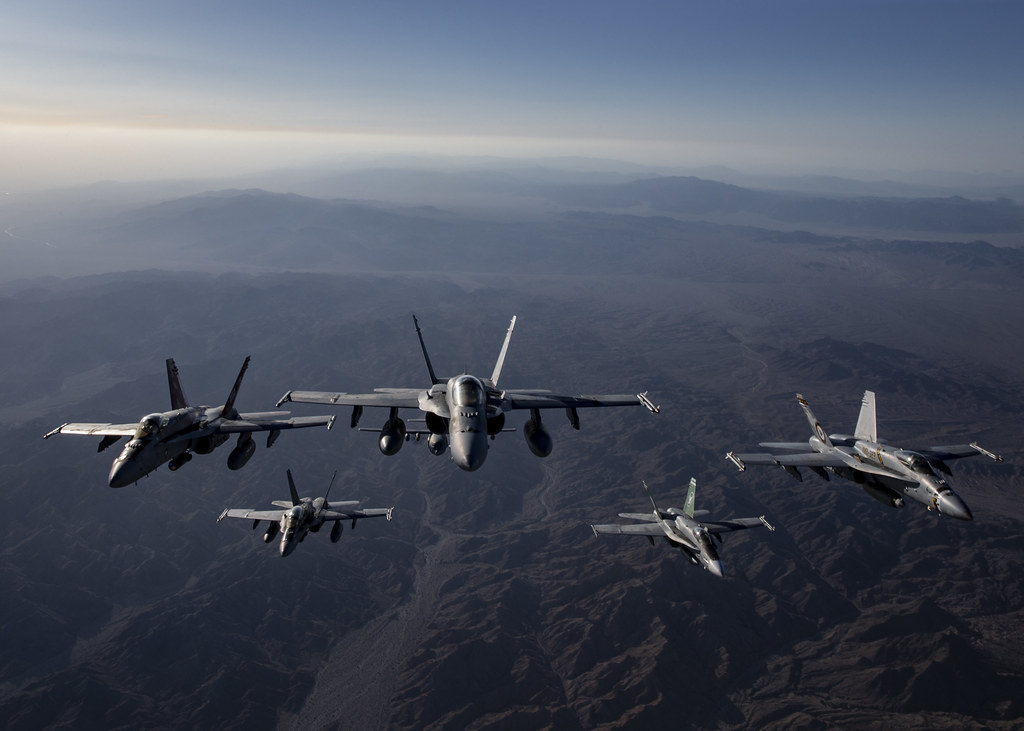
6. New Jobs: Drone Commander to EW Escort
The two-seat cockpit ensures manned-unmanned teaming futureproofing. The backseater, in this case, leads Collaborative Combat Aircraft swarms, extending sensor range and serving as electronic attack from safety further back. Concepts also include adapting the Navy’s Next Generation Jammer pods to create a “Growling Eagle” for high-end EW escort and even buddy refueling pods under the Small Hybrid Aerial Refueling Kit program to provide stealth fighters closer to contested regions.
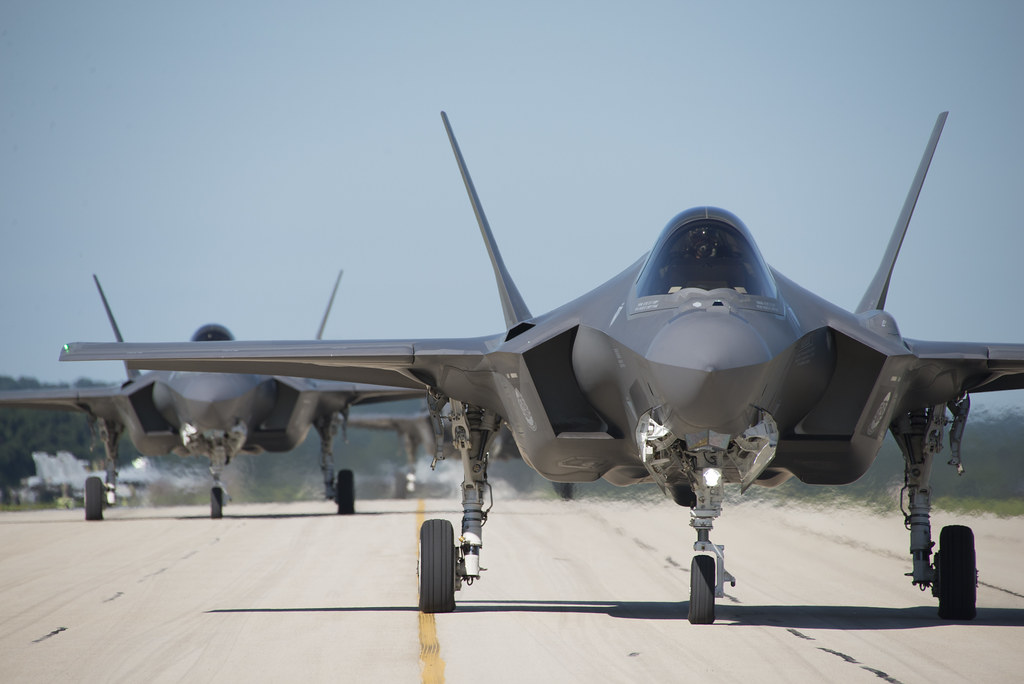
7. Crosscurrents in Budgets and Industrial Policy
The program remains contentious. Critics argue that all dollars spent on a non-stealthy fighter reduce NGAD and F-35 purchases. Yet the FY26 budget indicates a change: only 24 F-35As will be bought, but 21 more F-15EXs will be funded, maintaining Boeing’s fighter line open and industrial base healthy. As Gen. Mark Kelly described, “We have to fight a peer enemy with several challenges with lower radar-cross-section threats and large payloads and a mix of issues.”
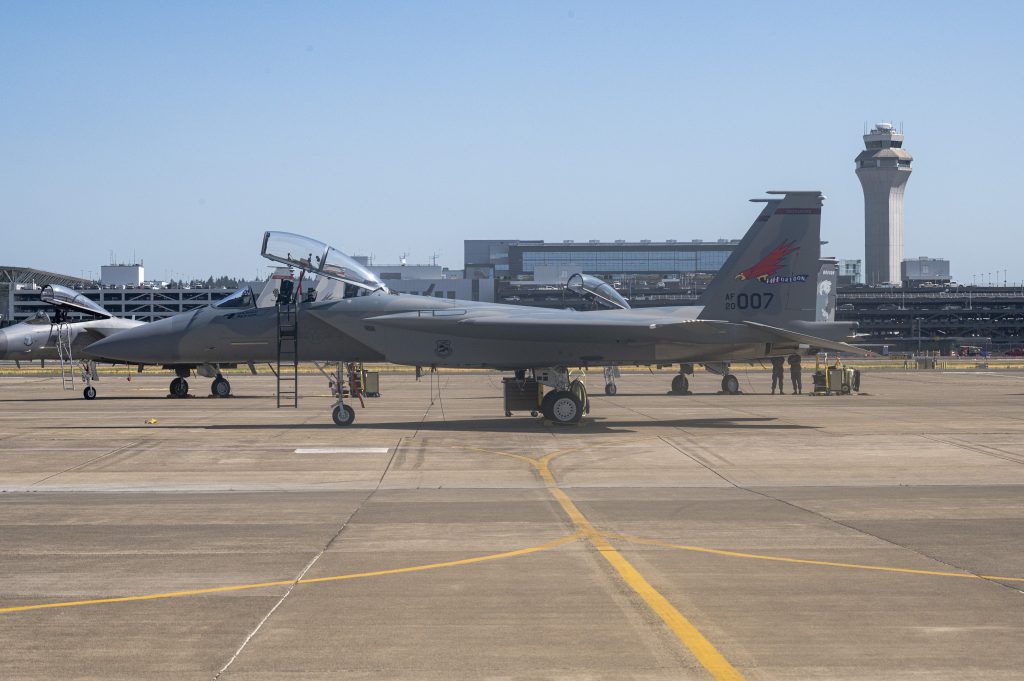
8. Risks in a Peer War
Without stealth, survivability of the EX is based on range, tactics, and EW. It is not best suited for first-night SEAD against integrated air defense systems. The production rate must be constrained to avoid a boutique fleet, and discipline in sustainment will be needed to achieve its extended life. New long-range threat missiles can undo its standoff advantage, so rampant integration of capabilities like EPAWSSv2 will be crucial.
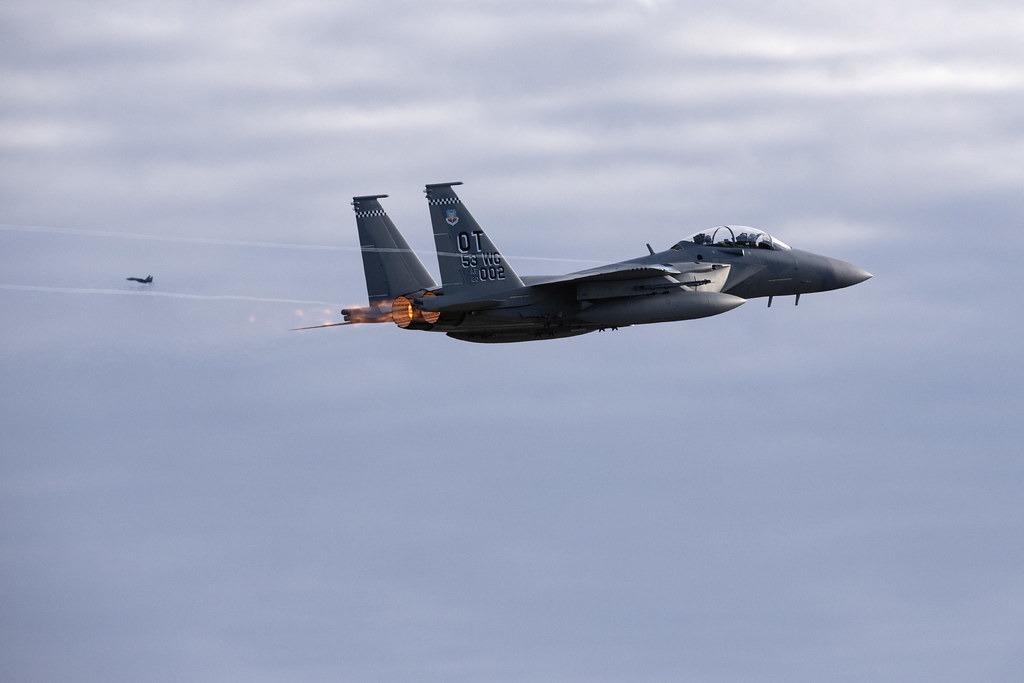
The F-15EX Eagle II is, by definition, a force-structure hedge: a high-capacity, long-legged, high-performance fighter that buys time for stealth fleets to grow and next-generation programs to mature. Its worth will be measured not by brochure-per-formance numbers, but by how quickly it arrives in operational units, how seamlessly it interoperates with fifth-generation assets, and how well it raises the daily readiness floor without removing stealth aircraft from the ceiling-raising contest.
